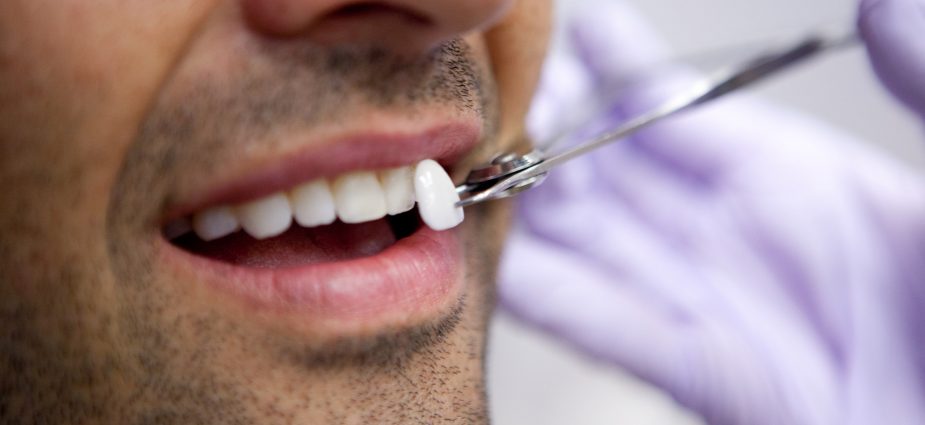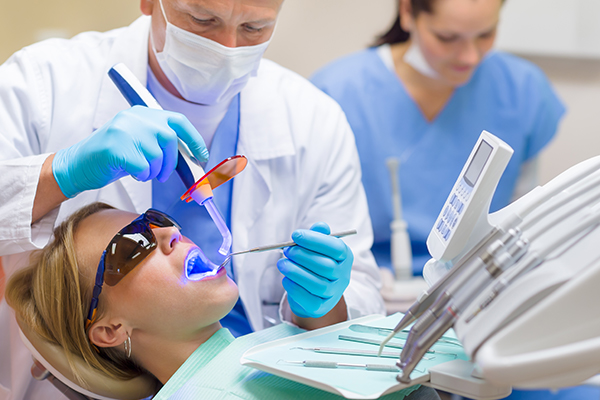
It is the desire of every person to have healthy and happy skin. It makes you more confident and improves your self-esteem. However, aging symptoms can be scary when they occur as you grow old. Thanks to chemical peels, today, you can access a bright and youthful complexion more conveniently than you would have thought. The only thing you have to do is find a chemical peels specialist such as Dr. Bonnie Wang in Sarasota, FL. They, together with the team at Re3 Healing Aesthetic and Wellness, offer a wide range of medical-grade chemical peels to fit your needs.
Chemical Peels Categories
Different chemical peels fit into three categories: superficial chemical peels, medium chemical peels, and deep chemical peels.
Superficial Chemical Peels
Chemical peels under this category are also referred to as light chemical peels. This is the mildest option of all the chemical peels, and it targets your epidermis (outer layer of your skin). They help reduce the appearance of symptoms such as dark spots, pores, and wrinkles and also improve uneven skin tone.
This chemical peel category utilizes alpha hydroxyl acids such as glycolic, lactic, salicylic, malic, kojic, or a combination of either of them. However, enzymes can also be used.
After a procedure with superficial chemical peels, you can expect some redness, and you can expect healing for up to seven days. However, it doesn’t prevent you from wearing your make-up, which you can wear the next day.
Medium Chemical Peels
Chemical peels under this category can be a step up from the superficial chemical peels because they target your skin’s middle layer. They usually have a moderate-high concentration of trichloroacetic acid (TCA), salicylic, lactic, and glycolic.
After treatment with medium chemical peels, you can experience some redness afterward, and they take one to two weeks of healing.
Deep Chemical Peels
Chemical Peels under this category can be the most intense as they penetrate deep beneath your skin to the interior layers. For these reasons, they can effectively be used to manage more serious skin complications, including severe skin damage and acne.
Glycolic acid, phenol, and trichloroacetic acid are the most common acids used for a deep chemical peel. Because of the higher concentration of these acids, you can expect some redness after the treatment, and healing takes up to three weeks.
Deep chemical peels may not be effective for everyone as they can cause skin lightening, making it not the best choice for darker skin tones.
Typical Chemical Peels
The type of chemical peel best for you depends on your skin condition, sensitivity, and cosmetic goals. As you may have noted, there are several types of chemical peels available. However, the following are the top chemical peels that can be used for your skin.
- A glycolic chemical peel is the most used chemical peel and is an alpha hydroxyl acid delivered from fruit. It can be credited for the smoother, younger-looking skin it delivers.
- A lactic chemical peel is another commonly used chemical peel found in fermented milk products and can also be derived from sugars and vegetable sources.
- Beta chemical peels are derived from willow bark and can help with clogged pores and breakouts.
- Vitalize chemical peels can be a good option to reduce dark spots, lessen the appearance of wrinkles and scars, brighten the complexion, and smooth out rough skin patches.
- Pigment-Balancing Chemical Peel is primarily used to target melasma and hyperpigmentation.
To learn your options, you can reach out to your provider at Re3 Healing Aesthetic and Wellness.




